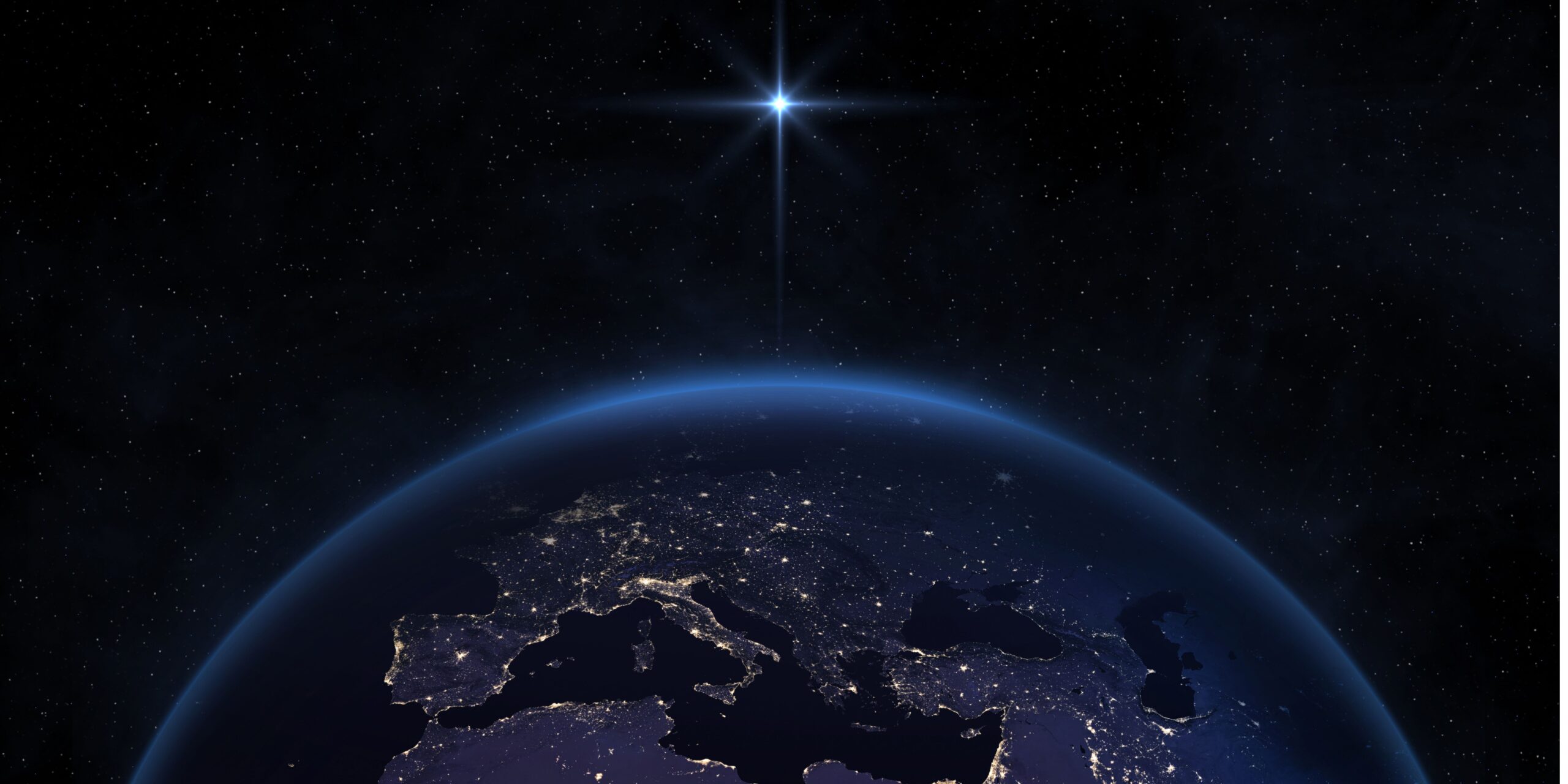From ION South Africa
The Way We Learn Shapes Who We Become
The autistic and ADHD mind often learns in patterns, by noticing connections, questioning assumptions, and
linking emotion with meaning. This kind of learning is deep, not linear. It requires environments and
understanding that make space for reflection, silence, and self-discovery.
But this is not only a neurodivergent truth, or rather a truth for all neurominiroties. All human beings learn
best when they feel safe, seen, heard, and mirrored.
When curiosity is modelled, we become curious.
When empathy is shown, we become compassionate.
When humility is mirrored, we remain open to growth.
Learning is not about control, it is about connection.
Mirroring as a Form of Inclusion
In education, work, and everyday life, the challenge is not just to teach but to model the attitudes and
behaviours we hope to inspire.
Whether in a classroom, meeting, or community space. The way we interact, the way we listen and respond
becomes the lesson itself.
We mirror patience by holding space for difference.
We mirror respect by making room for reflection.
And we mirror inclusion by valuing the many ways people think, feel, and process the world.
A Closing Reflection
We cannot teach mindset, but we can embody it.
We can mirror what it means to be curious, compassionate, and human and in doing so, create the kind of
learning spaces where everyone and every neurotype can thrive.
Because when we learn to mirror well, we don’t just pass on knowledge we pass on possibility.
About the Author
Alia Booley is a late-diagnosed autistic and ADHD professional with a background in technology, a faith-based
student, and a neuroinclusion advocate. She serves as part of ION South Africa, advocating for learning
environments that honour difference and invite reflection.


